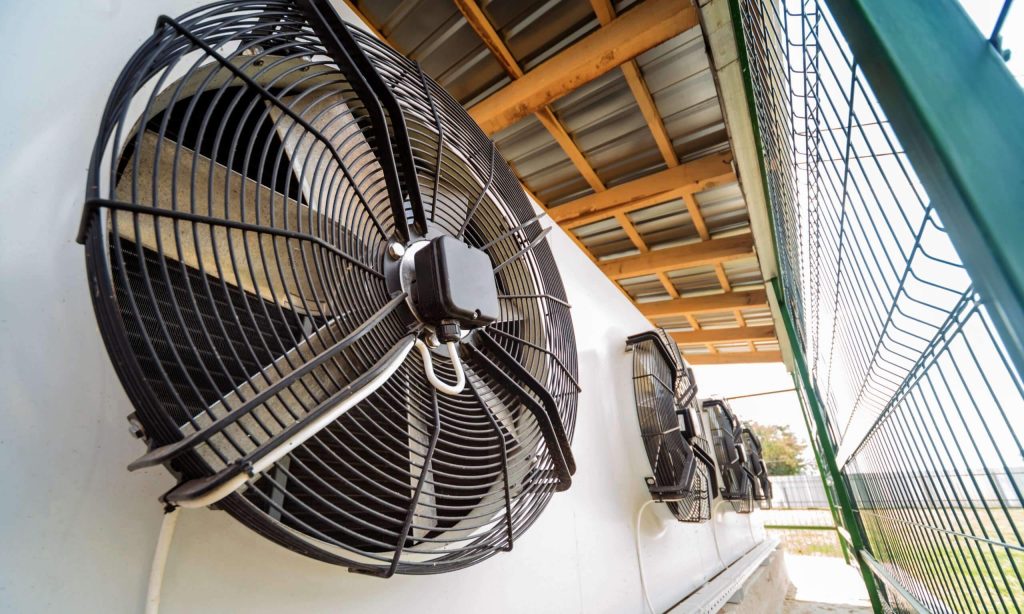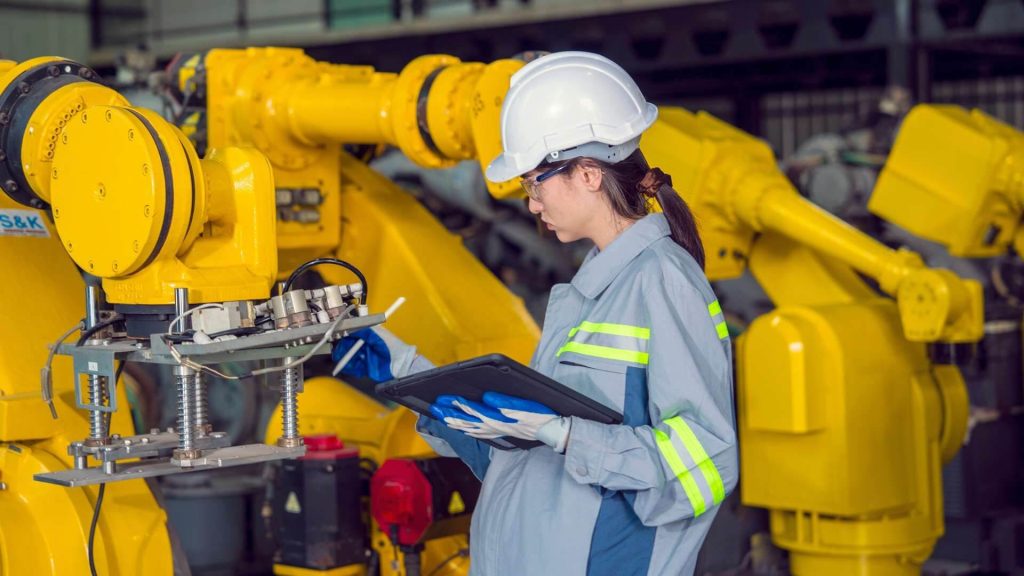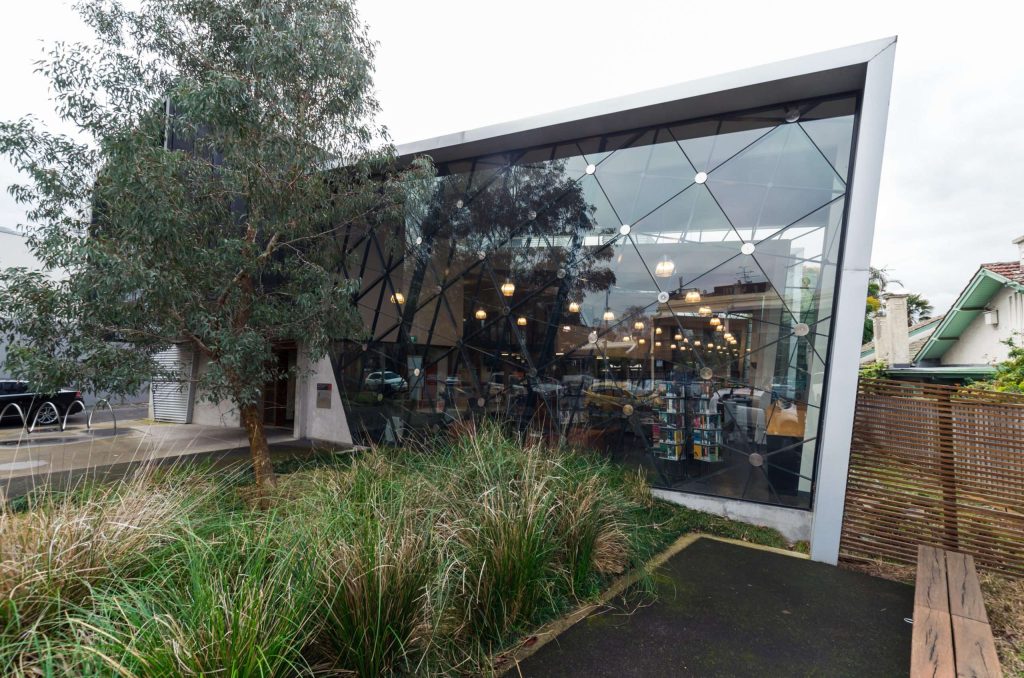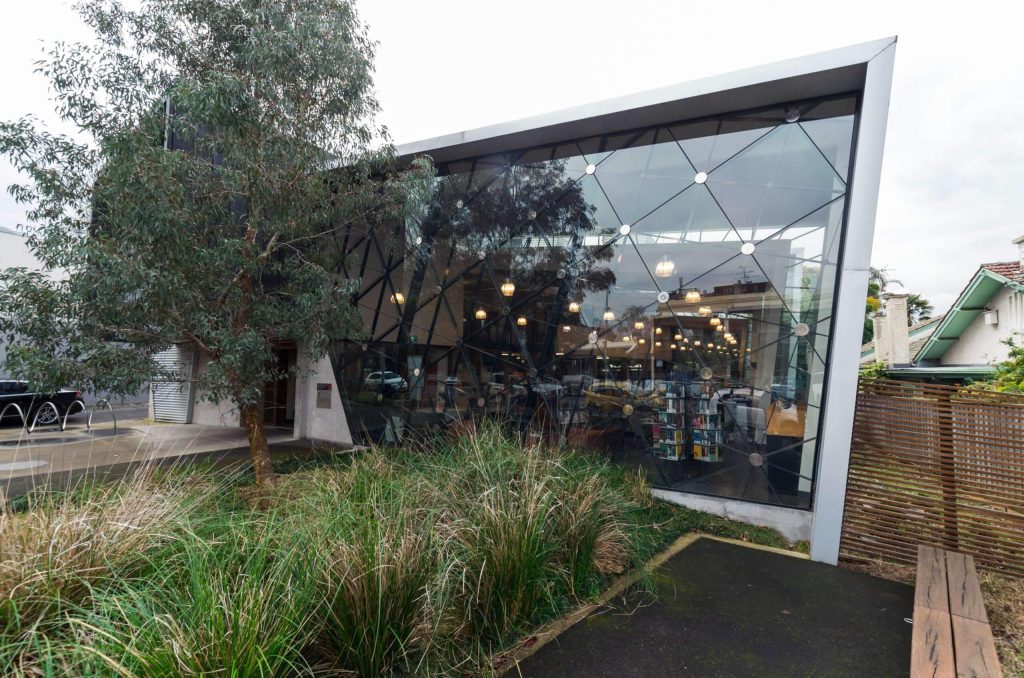Chief Investigators
Dr. Frits de Nijs (Monash University)
Purpose of project
Buildings can act like batteries, absorbing, storing and releasing heat into their materials. By utilising this “thermal inertia”, it is possible to lower a building’s carbon emissions and increase renewable energy consumption. However, to truly benefit from this phenomenon, we must develop smarter buildings with better automation and responsiveness to climate, renewable resources, and electricity grid prices.
Artificial Intelligence (AI) holds the potential to change the way we analyse building response data. Currently, the proprietary systems controlling buildings and their bespoke data models make it difficult for AI applications to access this information. This results in costly manual efforts to create custom response models. This project aimed to address this by defining and testing methods for organising building control datasets that are accessible to cloud-based analytics and optimisation. By doing this, we can unlock the full potential of AI in building management, improving energy efficiency and reducing carbon intensity.
Findings
This project created an automated simulation model of the Woodside Building for Technology and Design at Monash University’s Clayton campus to analyse heating, ventilation and air conditioning control processes, using machine learning and optimisation techniques to manage the thermal buildings loads and electricity demand together. This building is renowned as one of Australia’s most energy-efficient educational facilities and has Passivhaus certification.
Impact of project
Through this innovative project, we anticipate accelerated integration of flexible load control systems in commercial buildings including additional buildings on the Monash Clayton Campus. In the short term, the project should lead to a daily shiftable load ranging from 10% to 30% per building, though this may be reduced during severe weather conditions. The available flexibility will largely depend on the building’s insulation quality, with well-insulated structures generating greater benefits. This load flexibility will result in a decrease in carbon intensity, subject to the accuracy of forecast predictions and models.
Project partners – industry and research
Industry Reference Group members
AGL, CSIRO, Lawrence Berkley National Laboratory, UNSW
Published Report
Status
- Completed
Project Leaders
- Frits de Nijs, Monash University
Completion Date
October 2024
Project Code
0350












